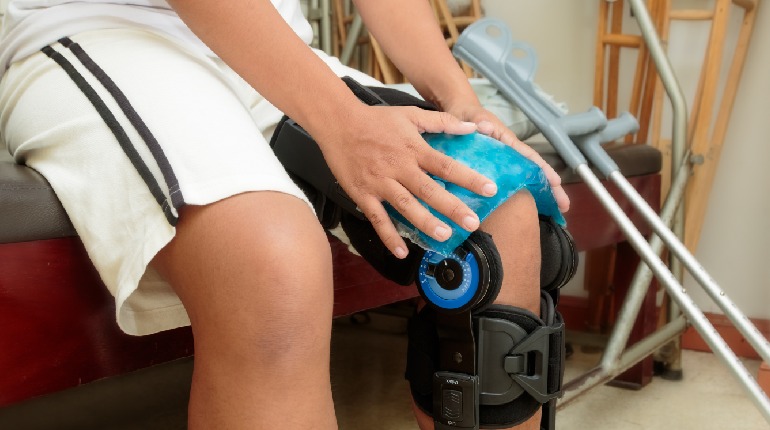Patients might expect less discomfort and a shorter recovery time after knee surgery. You must, however, be devoted to your recovery programme. Exercise is essential to the rehabilitation process and should begin shortly after knee arthroscopic to increase strength and regain knee mobility. Recovery periods vary based on the circumstances of each individual. Age, injuries, health state, and the capacity and willingness to complete physiotherapy will influence healing time. However, it is critical to remember that feeling better may take months. Arthroscopic knee repair in minimally invasive operations employs local or spinal anaesthetic and tiny incisions and results in less bleeding, shorter healing periods, and less soft tissue injury. Arthroscopy is frequently performed as an outpatient treatment.
Exercises are typically the finest advice from your doctor following your arthroscopic knee surgery. These are not conventional exercises or cardio and should only be done under the guidance of a physiotherapist. These are examples of activities:
- Setting the quadriceps – helps you create and maintain stamina in the muscles on top of the thigh. It strengthens the front and side muscle of the thighs or quadriceps, making knee straightening simpler. To begin, position yourself on your back and hyperextend your knee. Tighten the muscles in the front of the thighs and maintain the knee as straight as possible while pressing them down toward the ground.
- Straight Leg Raises – SLR strengthens the knee and hip muscles. Lie down on your back to accomplish this. Bend the non-operated knee to 90 degrees while maintaining the foot flat on the ground. Straighten out the afflicted knee. Lift the knee slowly a few inches above the ground. Hold the stance for five seconds before lowering the Leg to the floor and relaxing.
- Ankle pumps – It improves circulation and reduces edoema during knee arthroscopy. You may do this while sitting or standing; move the foot down and up. Do ten cycles and then repeat per hour.
- Heel slips – These aid in restoring knee flexion or bending motion. Take a seat to accomplish this. Allow your heel to glide backwards as though you were attempting to move your foot beneath the chair, but bring it forward and relax. To accomplish this, the chair must be at the proper height, not too high or even too low.
- Contraction of the hamstrings – allows you to bend the knee and stretch your hip rearward. Improving yours after surgery will enable you to walk normally again. Place your hands on your stomach. Lift your Leg around a few inches above the floor and stay for five seconds. Then, gradually drop your Leg.
Conclusion
Our competent orthopaedic surgeon at YKOrthopaedics handles such treatment. For further information, please get in touch with us, and for any health-related concerns, please visit our physician.

